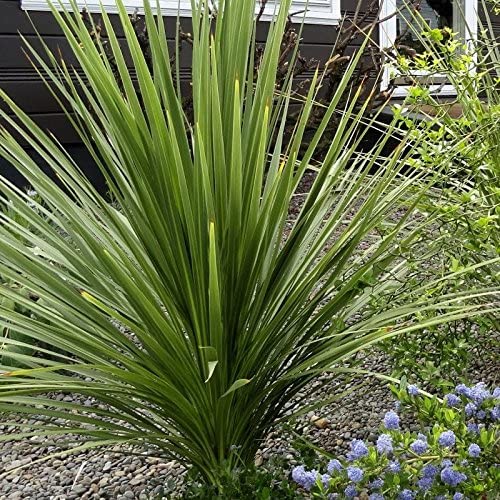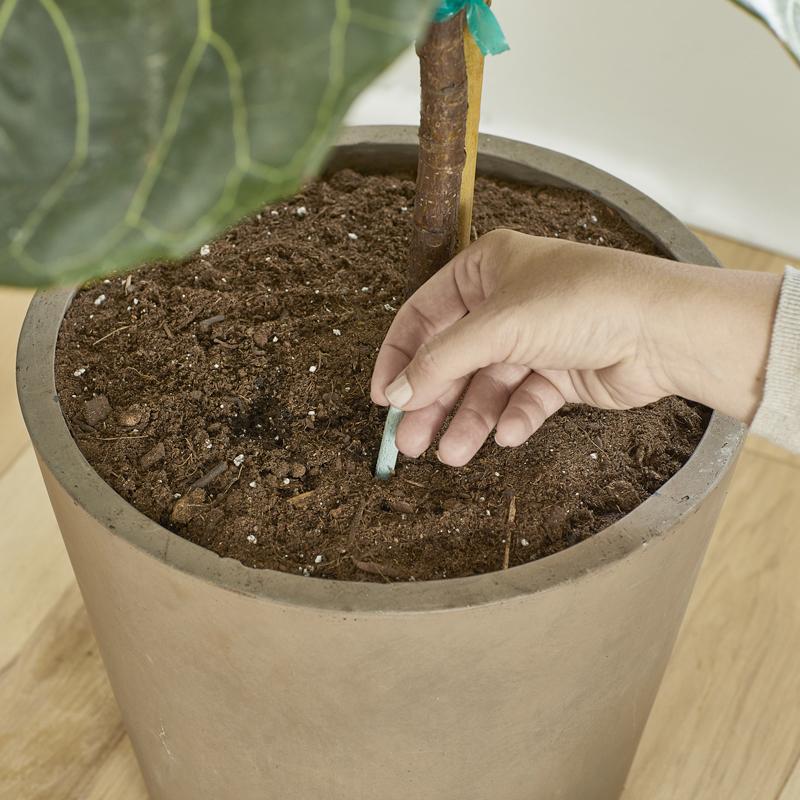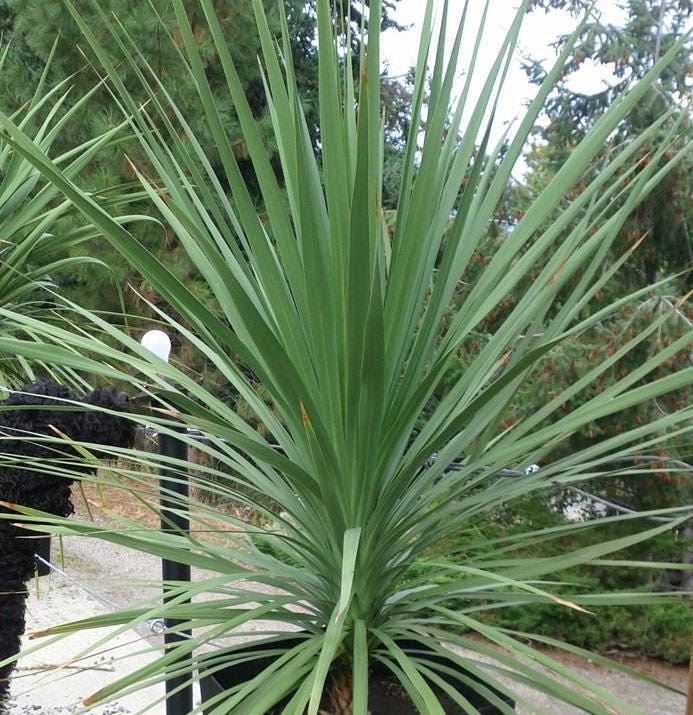

If necessary, you can work in perlite or small pebbles to allow water to flow better. The best soil for yucca: Grow yucca plants in sandy soil with excellent drainage.
SPIKE PLANT OUTDOORS HOW TO
Here are some tips on how to care for yucca plants: Once established in the garden landscape, you can almost leave them alone so they can care for themselves.

Yucca plants-both the indoor and outdoor varieties-are low-maintenance plants. The ‘Our Lord’s Candle’ yucca thrives in USDA zones 7 – 9 and is cold hardy down to 10☏ (-12☌).

Grow this spectacular yucca as an accent plant in an ornamental garden. However, offsets from the mother plant usually grow in its place. The Yucca whipplei is a species of yucca that dies after flowering. The crowning glory of the yucca is its mass of scented creamy-white flowers. The yucca produces a flowering stem up to 14 ft. The striking feature of this yucca plant is the stunning flower stalk. The bluish leaves are rigid and sharp, with piercing serrated edges. Our Lord’s Candle is an evergreen yucca shrub that grows on the ground without a trunk. Yucca whipplei is a trunkless cold hardy yucca with blue-green leaves and very tall flower stalk And the red yucca also contains poisonous substances. Species of yucca plants are toxic to cats and dogs. You should still take care if you have pets in your garden. The red yucca grows well in USDA zones 6 – 11. Because the leaves are spineless-unlike most yucca species-they won’t cause any injury to humans or animals. The red yucca plant is drought tolerant and is suitable for planting in borders, containers, and Mediterranean gardens. Similar to yucca plants, the red yucca ( Hesperaloe parviflora) produces dainty bell-shaped red or dark pink flowers on the end of tall, 5-ft. This yucca-like plant gets its name from the way the bluish-green leaves turn reddish-bronze in cold weather. This is not a real species of yucca, and this bushy shrub has spineless leaves that grow in a rosette shape. The red yucca plant can be identified by its grass like leaves and pinkish flowers that grow on tall narrow spikes. Red yucca is not a true type of yucca plant and is identified by spineless leaves that turn reddish color in cold weather Adam’s Needle and Thread Yucca Plant ( Yucca Filamentosa) Here are some common types of yucca plants to enhance your garden landscape. Along with their scientific name and descriptions, pictures of yucca plant varieties will help identify them. This article describes some of the most popular yucca plants for growing outdoors or indoors. For example, Adam’s Needle, Dagger Plant, Spanish Bayonet, Aloe Yucca, Needle Palm, and Narrowleaf Yucca are all common names for species of the yucca plant. Unfortunately, it’s rare when indoor species of potted yucca plants flower.Ĭommon names of yucca plants often refer to the type of foliage that grows on the woody stems. Spineless or stick yuccas are ideal for growing indoors as they have soft broad leaves without sharp spines. But due to their sharp leaves, it’s best to plant them away from areas where people or pets frequent.Īs a houseplant, the Yucca elephantipes (spineless yucca / stick yucca) grows in pots in bright sunlight and average room temperatures. In garden landscapes, yucca plants grow as ornamental shrubs and will occasionally flower. All species of yuccas grow in most types of soil, as long as the ground is well-draining and not too rich. Yucca shrubs and trees thrive in dry sandy soil and plenty of sunshine. The huge panicles have bell-shaped creamy-white flowers. Flower stalks rise from the center of the plant and can grow up to 12 ft. One spectacular feature of yuccas is the large cluster of flowers they produce. Some yucca varieties have yellow or white variegation. Yuccas have foliage ranging in color from green to bluish-green. Yuccas can be identified by their distinctive sword-like spiky leaves and their white or whitish flowers growing on stems. Some yucca plants can look like trees because their leaves grow on thick cane stems. Although sometimes called a type of cactus, yuccas are not cacti but are perennial evergreen shrubs and trees in the plant family Asparagaceae. There are nearly 50 species of yucca trees and shrubs. Yucca plants have the appearance of palm trees, so growing them in your backyard or indoors can create a tropical look. Many species of yucca plants are ideal ornamental plants for garden landscapes. Yucca plants are famed for their large, spiky leaves growing on the top of long, thick woody stems.

Email Pinterest Facebook Twitter Linkedin


 0 kommentar(er)
0 kommentar(er)
